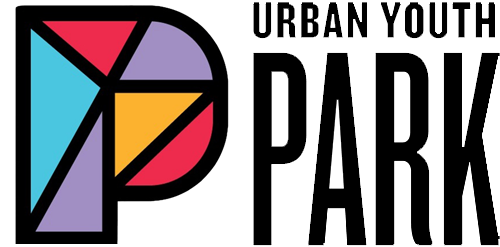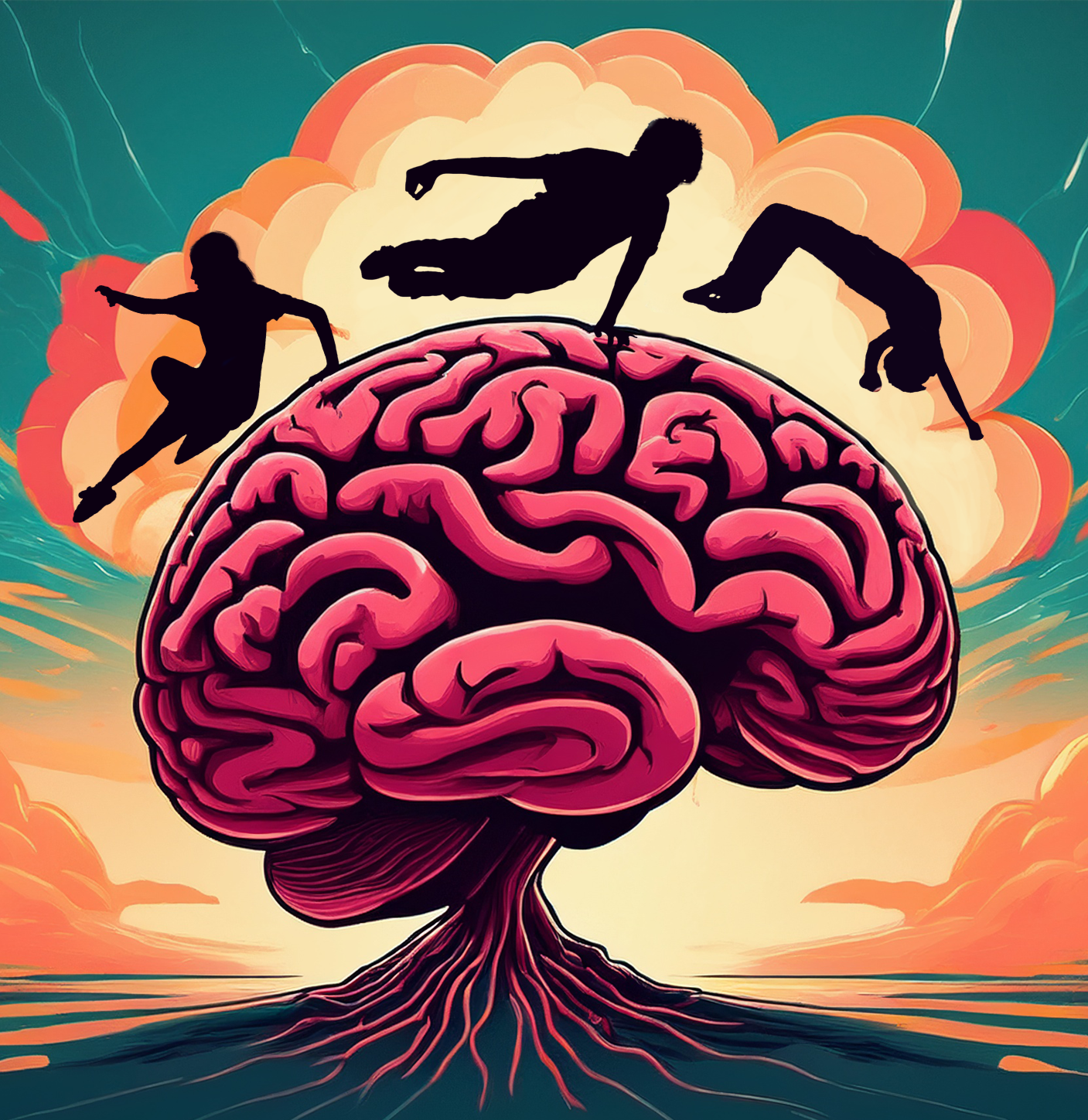How Parkour Strengthens the Brain: Building Smarter, Stronger Kids Through Movement
What do you think when you see parkour?
Do you think, “Wow, what a perfect way to train and strengthen the brain”?
No, right? But you should.
What many don’t realize is that parkour isn’t just exercise for the body—it’s also powerful exercise for the brain.
In his groundbreaking book Spark: The Revolutionary New Science of Exercise and the Brain, psychiatrist John J. Ratey explains how physical activity directly enhances brain function. Even more importantly, he highlights how complex movement practices—activities that demand coordination, creativity, and quick problem-solving—are especially powerful in boosting learning, focus, and memory (Ratey, 2008). Parkour fits this description perfectly.
Why Complex Movement Matters for the Brain:
Not all exercise is equal when it comes to YOUR CHILD’S brain development. While simple movement like jogging is beneficial, complex activities such as parkour take it to another level. Here’s why:
• Activates More Brain Regions: Navigating obstacles requires balance, coordination, timing, and decision-making. These tasks light up multiple brain areas at once, strengthening the brain’s ability to process and connect information.
• Boosts Neuroplasticity: Ratey describes how physical activity triggers the release of brain-derived neurotrophic factor (BDNF), a protein sometimes called “Miracle-Gro for the brain.” Complex movement challenges, like choosing the most efficient route over a course, or linking a combination of skills fluidly, create even more opportunities for neurons to grow stronger connections (Ratey, 2008).
• Improves Focus and Self-Regulation: Parkour demands attention. Kids must stay present, reading their environment and adjusting in real time. This mental engagement trains the brain to focus and stay on task in other areas of life—like schoolwork.
• Encourages Problem-Solving and Creativity: Every skill in parkour is unique, and every path through obstacles presents a new challenge. Parkour requires the practitioner to constantly invent solutions, testing “What if I jump here?” or “Can I climb this way instead?” This flexibility of thinking is the same skill that helps them tackle challenges in social-life, academics and daily life in general.
Parkour as Brain Training
At Urban Youth Park, we see firsthand how young athletes light up when they overcome a tricky challenge. What might look like just “play” is actually brain training:
• Decision-making gets sharper.
• Memory and recall improve.
• Confidence in learning grows.
These aren’t just theories, these are observable neurological changes that Parkour sets in motion.
And unlike repetitive exercise, parkour keeps YOUR CHILD engaged because every course, every obstacle, and every attempt is fresh and exciting.
A Practice for Life
Ratey emphasizes that physical activity is not just about fitness—it’s about preparing the brain for growth and success. By encouraging your child to engage in a complex movement practice like parkour, you’re giving them more than a fun activity. You’re giving them a proven way to strengthen their brain, improve their ability to learn, and build resilience for life (Ratey, 2008).
Ready to see what Parkour can do for your child?
Click the button below to find your nearest UYP location and join us for a Trial Class!
________
Reference
Ratey, J. J. (2008). Spark: The Revolutionary New Science of Exercise and the Brain. Little, Brown and Company.

